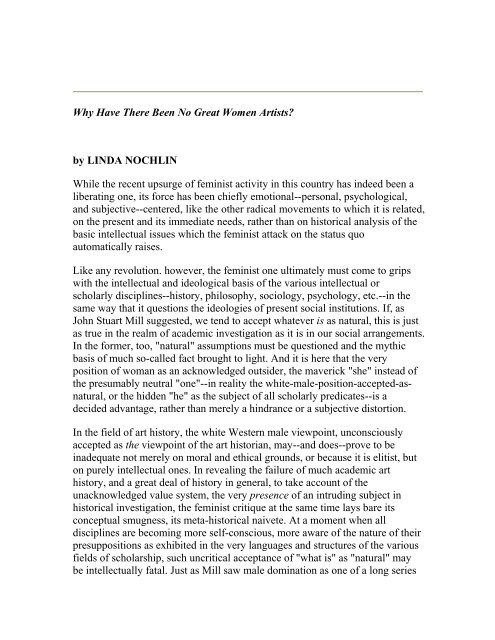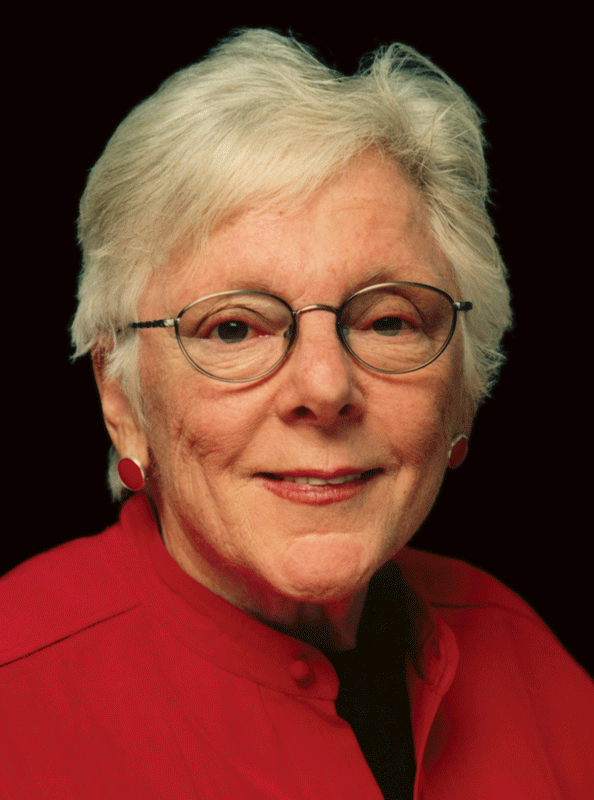


Keenly reading the article, it is notable that in the same way there are great female writers, for example, Sylvia Plath elegance of writing” ” which can be matched to that of the male writers (Haynes & Pedersen, 2016). It is incorrect to say that the likes of Eskimo tennis players are great since it is an obvious fact they are not. Linda also deliberates on the fact that it is inappropriate to dispute that female artists are not the same as male artists. From the article, it is evident that the society does not let the women and the aristocrats life to dedicate their lives to art. The author shows notable artists with emotionalized stories surrounding their success, for example in a situation of a weak position in their life (Nochlin, 1971). It is apparent from the article that the author reveals evidence about the commencement of semi-religious role of artists that is more dominant in the nineteenth period. Give us your paper requirements, choose a writer and we’ll deliver the highest-quality essay! Order now We should try to find out what is happening in art related organization rather than blaming and judging women (Nochlin, 1971). Using variety of facts, the author illustrates problems that are faced by women in the present society by providing a platform of argument on other issues that are faced socially by women. Linda Nochlin energizes her argument from the sentiments that probes and provides a historical study. The writer shows her unique feminist stance different from the recent feminist doings. After a deep background look, the author stretches her thoughts and emphases on the feminist art and the philosophy of the feminist art over the past period. However, its technical nature and the level of skewness tend to impress the female gender and could make a little sense to male gender. This article is significant to the modern society since it address gender balance not only in art but also in other aspects. The author aims to highlight how women have been oppressed over time in relation to undertaking art” ” institutionally made impossible for women to achieve artistic excellence or success, unlike men, no matter their potential (Nochlin, 1971). The author fabricates the nature of the topic while at the same time insidiously gives its answer. The article, Why Have There Been No Great Women Artists?, by Linda Nochlin focuses on feminist controversy.


 0 kommentar(er)
0 kommentar(er)
